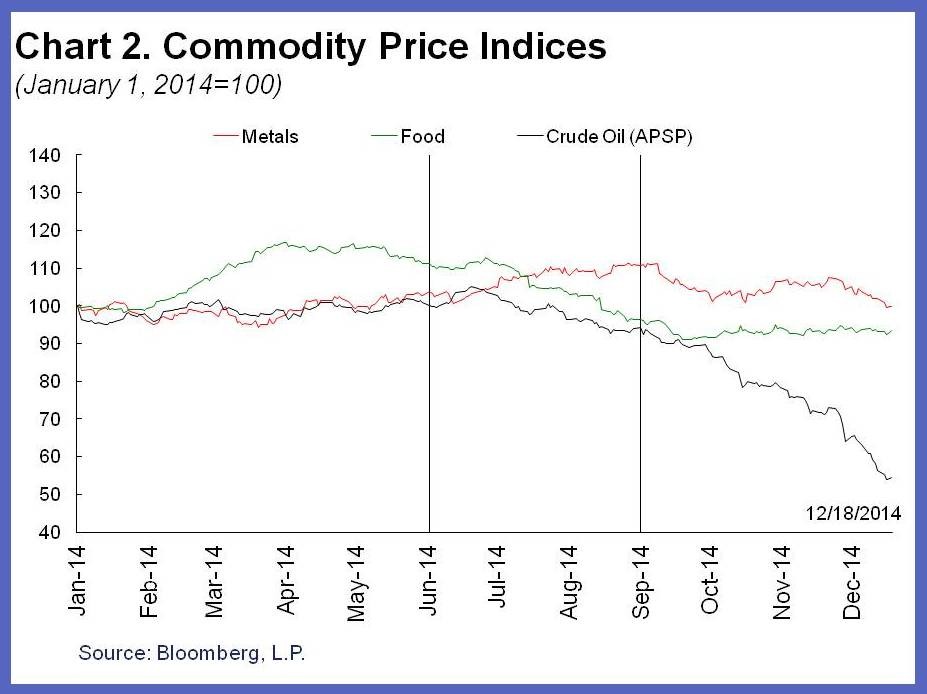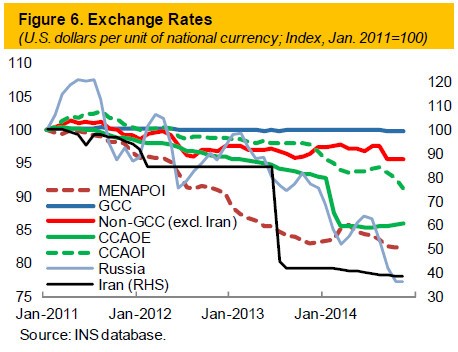Understanding the Correlation between Oil Prices and the Falling Dollar Council on Foreign
Post on: 29 Март, 2015 No Comment

Two of the defining geoeconomic trends of the past two years have been surging oil prices and a falling U.S. dollar. Of late, these trends show an increasingly tight correlationwith the falling dollar mirroring the rising price of oil. Brad W. Setser. CFR’s fellow for geoeconomics, explains this dynamic. Setser says rising oil prices and a falling dollar are most basically correlated in the sense that they both reflect the same underlying geoeconomic factorsa weakening U.S. economy alongside much stronger growth in the developing world. He also discusses the possibility of a more direct, causal link, going in both directions.
In terms of oil prices directly affecting the valuation of the dollar, he notes:
- That the United States is the world’s largest oil importerand runs a relatively energy-intensive economy in generaland thus that the U.S. economy is more susceptible to damage from rising oil prices than other economies.
- That the United States has a large deficitand that an oil price shock affecting all oil importers could be expected to have the biggest effect on importers with a large deficit.
- That the United States sells a relatively small amount of the goods it exports to oil exporters, and thus is in a worse position to capitalize now that those exporters are flush with cash to spend abroad.

In terms of the dollar’s fall affecting oil prices, he notes:
- That the weakness of the dollar translates, directly and mechanically, to a higher oil price, even if oil prices stayed at a constant level as compared to a basket of other currencies.
- That U.S. interest rates have been cut in order to stabilize the U.S. economy, making it more attractive for speculators to invest in commodities (and other assets that do not directly bear interest).
- That falling confidence in the U.S. dollar as an investment has led to the increased popularity of other forms of investment more generally, including commodities.
Setser concludes that correlation between oil prices and the dollar won’t stay as tight as it is now, but that some mirror-effect will continue, given the slew of geoeconomic factors working in favor of correlation.














